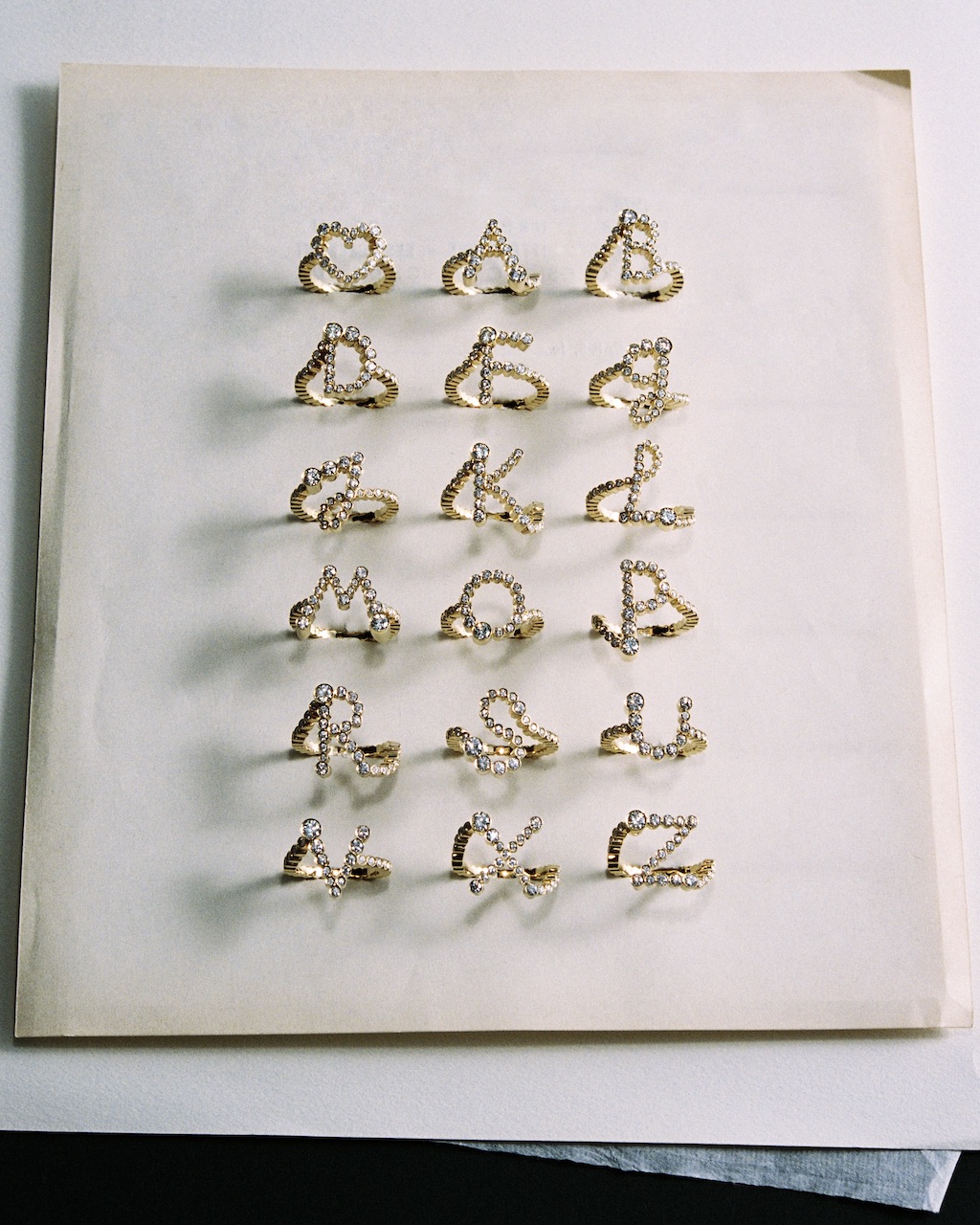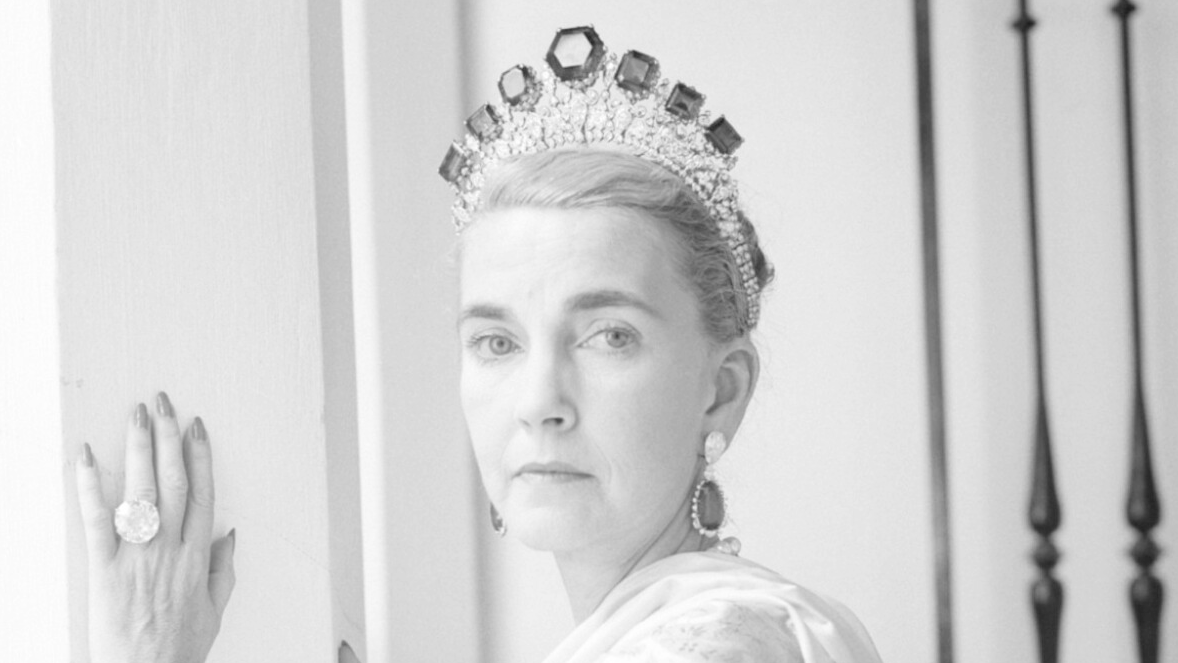Diamond Clarity: How to Understand This Complex 4C Before You Buy
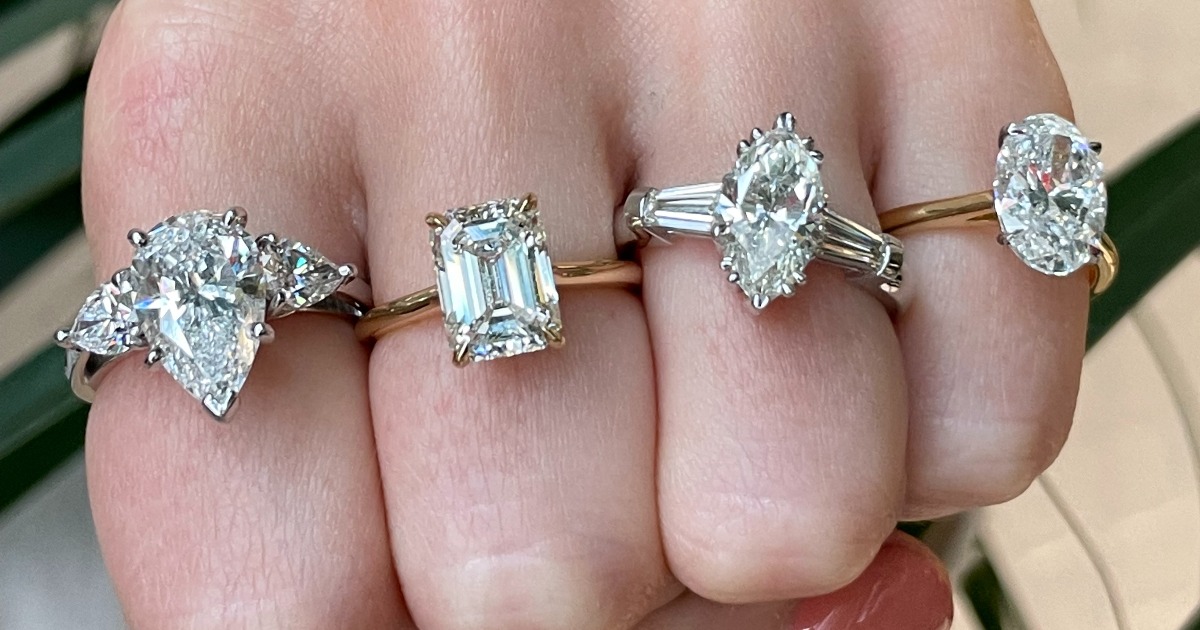
Diamond clarity is one of the key factors that determines a diamond’s rarity and value—but it’s just one part of the full picture. When you see two or more diamonds side by side, chances are you’ll instinctively prefer one over the others, even if their specifications are nearly identical on paper. That’s because every natural diamond is truly one of a kind.
While measurable traits like diamond clarity can’t fully capture how a diamond resonates with you personally, they play an essential role in identifying and valuing these rare gems. Natural diamonds are finite resources, and their characteristics are assessed across four main categories—Cut, Color, Carat, and Clarity—commonly known as the 4Cs. These criteria help determine a diamond’s uniqueness and worth.
Meet the Expert

- Grant Mobley is the Jewelry & Watch Editor of Only Natural Diamonds.
- He is a GIA Graduate Diamonds Graduate.
- He has over 17 years of jewelry industry experience, starting with growing up in his family’s retail jewelry stores.
When buying a diamond, it can be helpful and reassuring to have it accompanied by a grading certificate from a reputable grading lab such as GIA. This report is like your diamond’s passport; it dives deeper into the clarity characteristics of your diamond and the rest of the 4Cs.
Ahead , we’re going to conquer one of the more complex Cs, the diamond’s clarity.
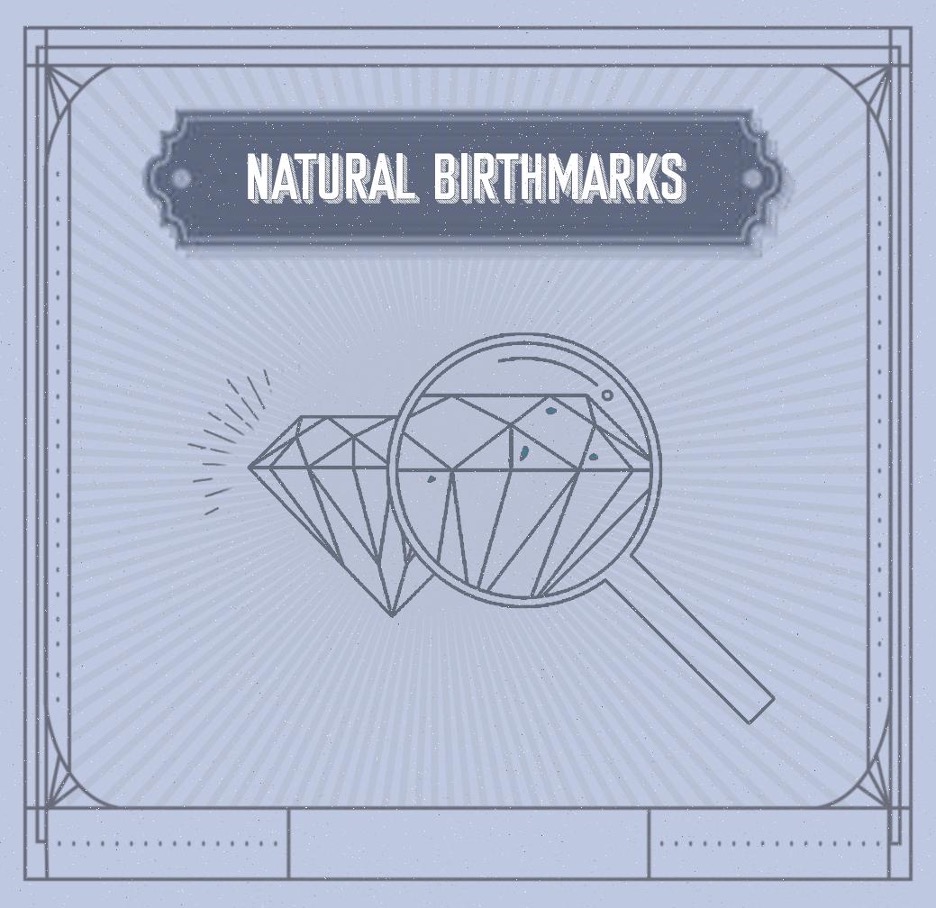
What Is Diamond Clarity?
Understanding natural diamonds starts with understanding their formation, around 100 miles below the earth’s surface, under extreme heat and pressure, and up to three billion years ago.
During this journey, natural diamonds develop their own internal characteristics called inclusions, which vary in size, type, color, and visibility. Some inclusions can be seen clearly, yet some need magnification and a trained eye. These inclusions or birthmarks make a diamond one of a kind and give it personality.
“Clarity” is the assessment of the inclusions present inside and on the surface of your diamond and how well you can see them.
What Is the Diamond Clarity Scale?
The clarity scale is the range of possible gradings for the clarity of a diamond. While it is not universal, the most common clarity grading scale for diamonds was created by gemologists and consists of 11 levels that can be easily simplified. This scale starts from Flawless (FL) to Included (I3). Gemologists grade a diamond’s clarity based on what can be seen under 10X magnification.
The Diamond Clarity Scale is divided into 6 categories and 11 diamond Clarity grades. Some categories are divided into numbers, with higher numbers denoting diamonds with more visible inclusions.
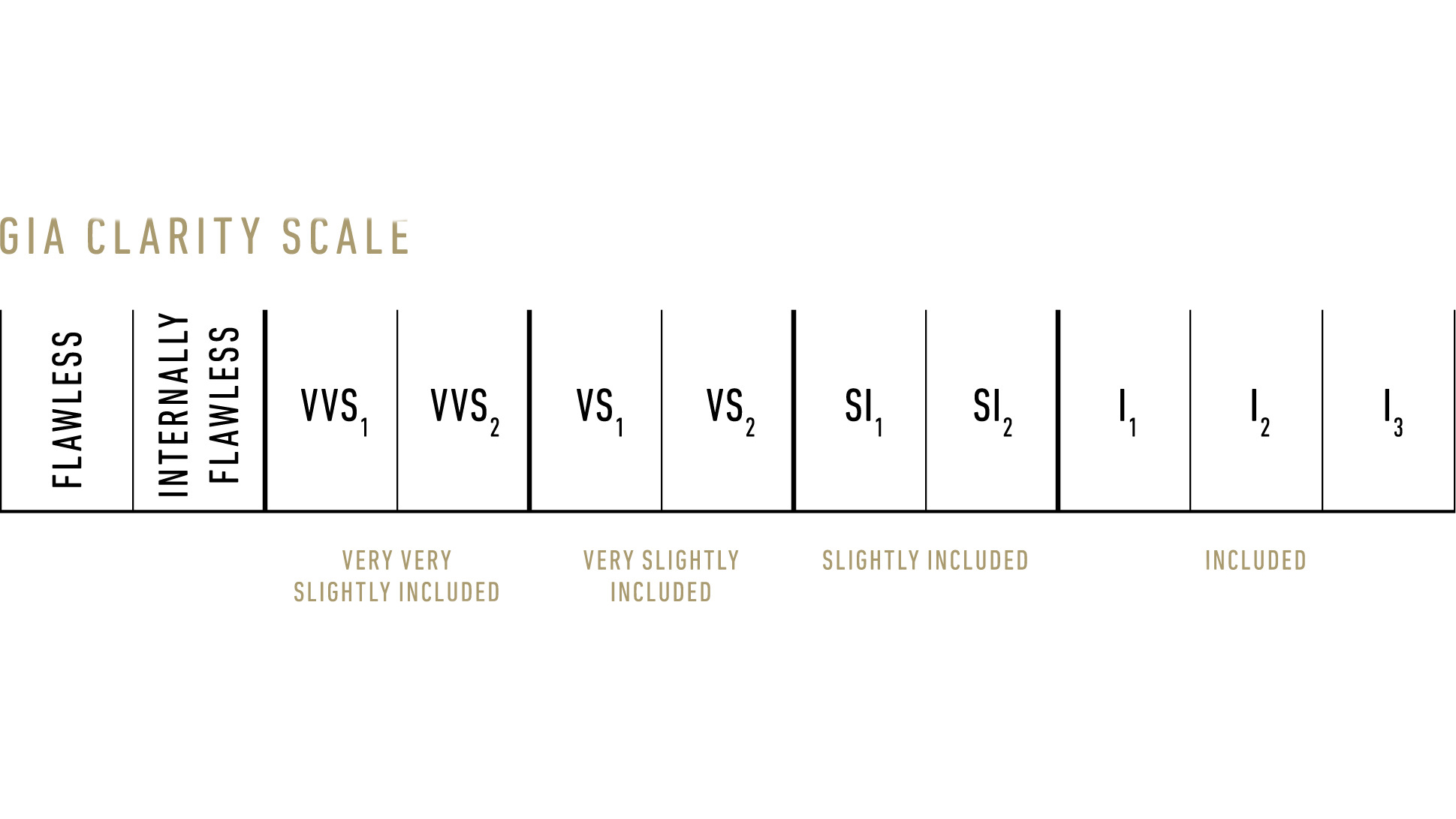
Diamond Clarity Grades: A Breakdown of the Scale
FL: Flawless
- With 10X magnification: No external or internal markings.
IF: Internally flawless
- With 10X magnification: No visible internal or external markings except for slight blemishes on the surface.
- These two diamond clarity grades are very rare and hence, the most valuable of them all.
VVS1: Very Very Slightly included 1
VVS2: Very Very Slightly included 2
- With 10X magnification: Very small markings that are extremely difficult to see.
VS1: Very Slightly Included 1
VS2: Very Slightly Included 2
- With 10X magnification: More noticeable markings that are still difficult to find.
- These two diamond clarity grades are also quite rare; in fact, less than 10% of natural diamonds are in these categories.
SI1: Slightly Included 1
SI2: Slightly Included 2
- With 10X magnification: Has markings but not usually visible to the naked eye.
I1: Included 1
I2: Included 2
I3: Included 3
- With 10X magnification: Noticeable markings that are visible to the naked eye.
- The I clarity grade is the most common, so finding diamonds in this category that you love can offer a bargain.
Types of Diamond Inclusions and What They Mean
Since most inclusions are very small, you might be curious to know how they look. Ranging from wispy, long white feathers to larger, willowy cloud-like structures, here are some of the typical markings you’ll see:
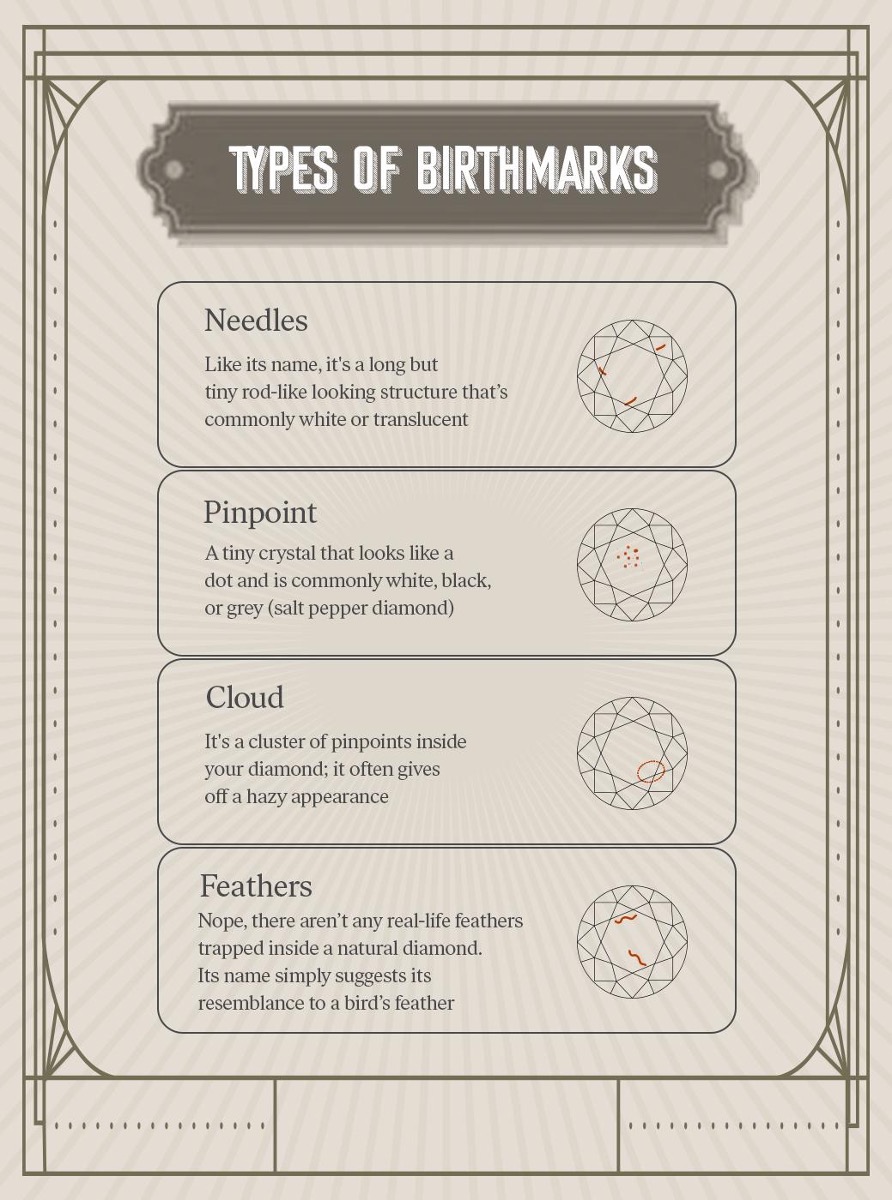
Needles: Like its name, it’s a long but tiny rod-like-looking structure that’s commonly white or translucent.
Pinpoint: A tiny crystal that looks like a dot and is commonly white, black, or gray.
Cloud: It’s a cluster of pinpoints inside your diamond; it often gives off a hazy appearance in the area.
Feathers: Nope, there aren’t any real-life feathers trapped inside a natural diamond. Its name suggests the inclusion’s resemblance to a bird’s feather.
You may think most inclusions are not desirable to the average person, but in science, inclusions are one of the most valuable ways to study the earth. Each inclusion acts as a time capsule, a sampling of our planet from long ago. These samples are analyzed by scientists in many fields, a unique opportunity that only inclusions in natural diamonds can offer.
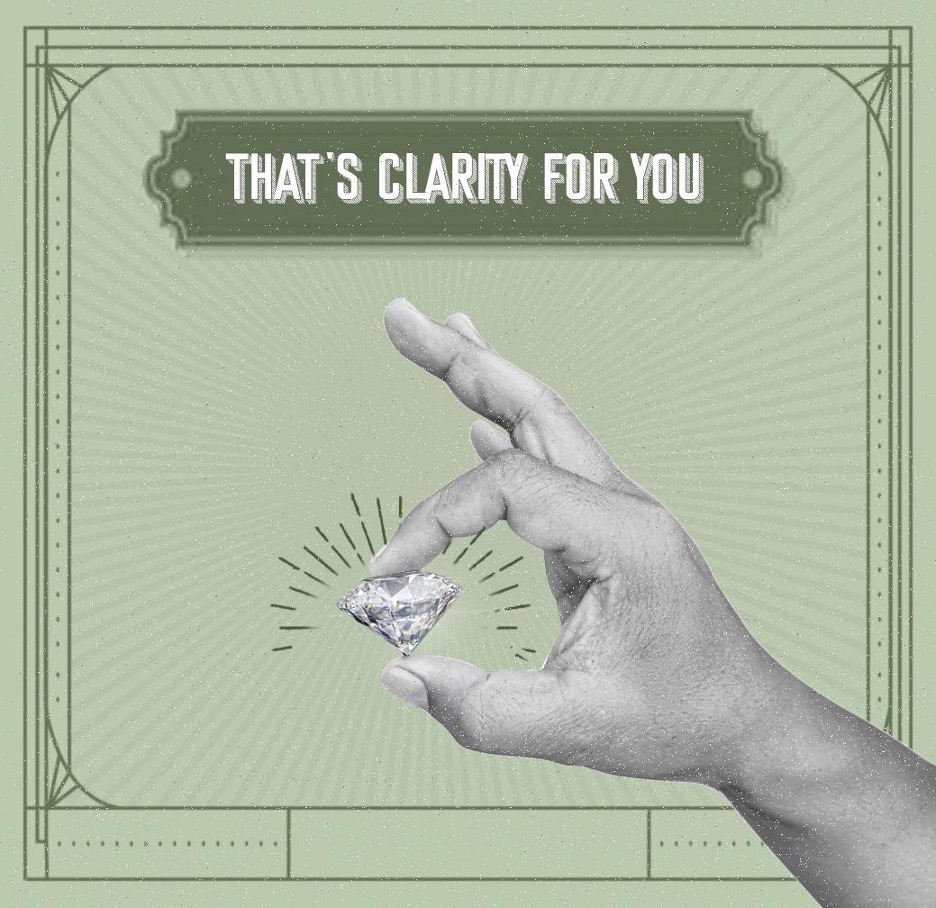
Why Diamond Clarity Affects Value—but Not Always Beauty
Understanding natural diamonds is also understanding that flawless diamonds (FL), while usually the rarest, aren’t always the best-looking diamonds. The inclusions in a diamond make it unique, allowing it to be its own kind of beautiful. Since a diamond’s value depends on how rare it is in nature, the diamonds with the higher clarity grades may be more valuable, but that doesn’t always mean they will be the most beautiful.
How to Choose the Right Diamond Clarity for You
It is also important to know that the other three C’s, especially the cut, can hugely impact a diamond’s beauty. While clarity and the other 4 Cs are very important for identification and valuation purposes, they should not be the deciding factor in your purchase. A natural diamond should be purchased for its beauty to your naked eye, not the numbers on a grading certificate.
The clarity of a diamond can be tricky to grasp, but knowing the basics can go a long way. The next time you’re looking at diamonds, it’s fun to remind yourself that the markings inside the diamond are not just blemishes; they’re a representation of the stone’s unique journey, billions of years ago deep within the earth, and the inclusions themselves are hitchhikers from billions of years in the past.

